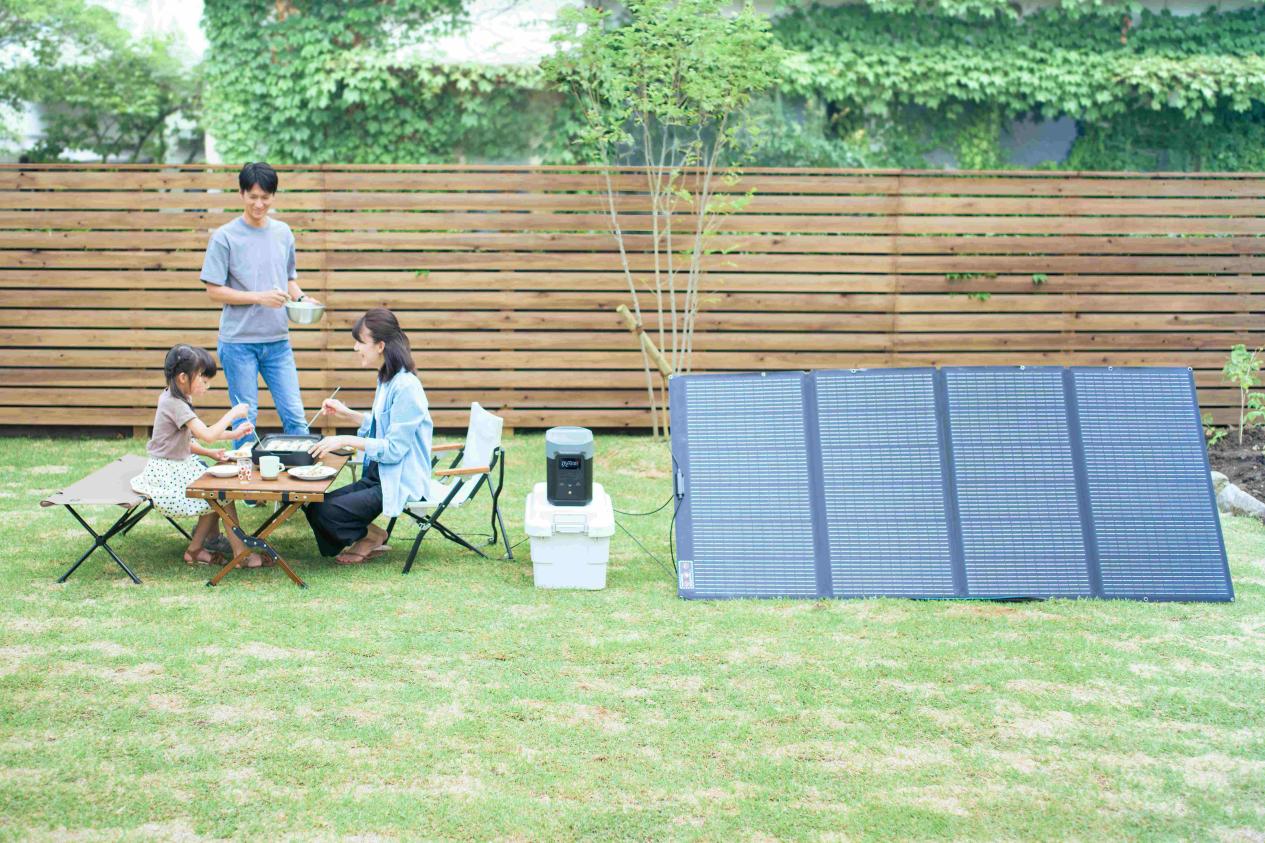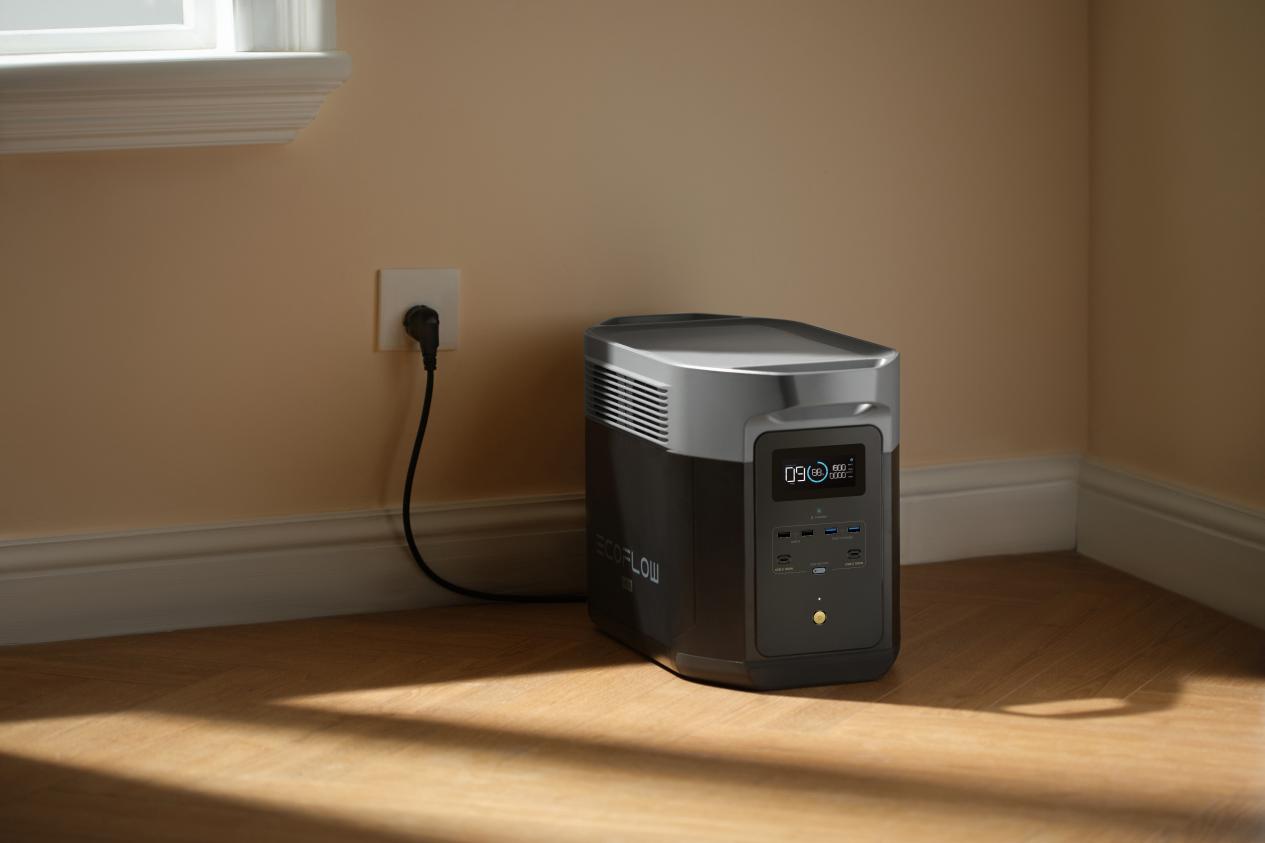- How to Prepare Your Vehicle for Camping in a Car
- What Gear Do You Need for Comfortable Camping in a Car
- How to Stay Powered During Camping in a Car
- How to Cook Safely While Camping in a Car
- How to Manage Space Efficiently for Camping in a Car
- How to Stay Safe and Comfortable While Camping in a Car
- Making the Most of Your Camping in a Car Experience
- 5 FAQs About Car Camping for a Safe and Comfortable Trip
How to Camp With a Car: Practical Tips and Gear for Comfortable Camping in a Car
- How to Prepare Your Vehicle for Camping in a Car
- What Gear Do You Need for Comfortable Camping in a Car
- How to Stay Powered During Camping in a Car
- How to Cook Safely While Camping in a Car
- How to Manage Space Efficiently for Camping in a Car
- How to Stay Safe and Comfortable While Camping in a Car
- Making the Most of Your Camping in a Car Experience
- 5 FAQs About Car Camping for a Safe and Comfortable Trip
Camping in a car can be one of the most convenient ways to enjoy the outdoors without giving up the comfort of a roof over your head. Your vehicle offers shelter, mobility, and the ability to explore remote locations without the complexity of setting up a large tent. The key is turning that limited space into a livable setup for sleeping, cooking, and relaxing. This guide focuses on practical tips and gear ideas for camping in a car, especially for US travelers who want an organized and stress-free trip.
How to Prepare Your Vehicle for Camping in a Car
A little preparation before you leave can make the difference between a smooth experience and a frustrating one.
1. Choose the right vehicle setup
SUVs, minivans, and hatchbacks usually work best for camping in a car because of their flat cargo space. Sedans can still work, but may require more creativity with sleeping arrangements.
2. Check the essentials before departure
- Inspect the brakes, lights, wipers, and tire tread. Don’t forget to check the spare tire and make sure you have a jack and tools.
- Test your battery health, especially if you plan to use it for charging devices before getting a separate power source.
3. Prepare the interior
- Fold or remove the back seats to create a flat sleeping platform.
- Install simple hanging hooks or mesh pockets for small items like flashlights, chargers, or sunglasses.
- Use reflective window covers or fabric curtains for privacy and temperature control.
These steps not only make your car more comfortable but also help you feel ready for a longer stay.


What Gear Do You Need for Comfortable Camping in a Car
Gear is what turns camping in a car from “sleeping in your vehicle” into a relaxing outdoor experience.
Sleeping essentials
- An inflatable mattress or self-inflating pad cut to fit your car’s dimensions
- A sleeping bag rated for your season and climate, plus a pillow or small cushion for comfort.
Lighting options
- Rechargeable LED lanterns or magnetic stick-on lights for the interior
- A small headlamp for moving around outside at night
Storage solutions
Collapsible bins for clothing and food
A trunk organizer to separate cooking gear from personal items
A well-thought-out camping checklist keeps everything in reach and avoids the frustration of digging through bags in the dark.


How to Stay Powered During Camping in a Car
Power is one of the biggest challenges in camping with a car, especially if you need to run a fridge, charge electronics, or use small appliances. Running the engine is inefficient and can disturb your surroundings.
A practical solution is the EcoFlow DELTA 2 Max Portable Power Station. It provides 2400W continuous AC output, which covers most car camping needs, from a portable fridge to a coffee maker. With a 2048Wh capacity, it can keep your essentials powered for days without draining your car battery. It can be charged at home, through your vehicle’s 12V outlet, or with portable solar panels for off-grid trips.
Quiet operation at around 30 decibels means it won’t interrupt sleep. Its LFP battery chemistry offers thousands of cycles, making it a reliable choice for frequent travelers. You can keep your fridge running overnight while charging phones, cameras, and even a laptop — all from one compact unit.
How to Cook Safely While Camping in a Car
Cooking while camping in a car requires planning for safety and convenience.
Outdoor-friendly cooking setups
Small propane or butane stoves are easy to carry and quick to use
If you have a power station, small electric kettles or travel skillets can be an alternative
Food storage and prep
- Use a cooler or portable fridge to keep perishables fresh
- Pre-cut vegetables or pre-cooked meats save time and reduce mess
Always cook outside or in a well-ventilated area to avoid fumes. Keep cleanup supplies handy to store waste quickly and discourage animals from coming near your vehicle.
How to Manage Space Efficiently for Camping in a Car
Space management is critical when camping with your car. A well-thought-out layout can make even a compact vehicle comfortable.
Organized by zones
- Sleeping zone in the back
- Cooking gear and food storage in the trunk
- Daily essentials and quick-grab items in the front seats
Use vertical space
- Hang organizers on seatbacks or use storage nets on doors
- Stackable bins can double as small tables or cooking platforms
Expand your storage
Option | Advantages | Considerations |
Roof box | Large capacity for bulky gear | Slightly reduces fuel efficiency |
Hitch cargo rack | Easy access to items | Requires hitch receiver |
Organizing this way makes packing faster and unpacking at camp effortless.
How to Stay Safe and Comfortable While Camping in a Car
Safety and comfort should guide your choices when planning a car camping trip.
Select safe spots
- Public campgrounds, RV parks, or designated dispersed camping areas are best.
- In remote areas, choose visible locations away from busy roads.
Control temperature
- In hot weather, a battery-powered fan can improve airflow
- In cold weather, layer blankets or use a heated sleeping pad with a safe power source
Keep an emergency kit
- Include a first aid kit, flashlight, spare water, and a backup phone charger
- A small multi-tool and duct tape can solve unexpected problems
Feeling secure allows you to relax and enjoy your surroundings.
Making the Most of Your Camping in a Car Experience
With the right setup, camping in a car turns into a small, mobile home for your trip. With preparation, smart packing, and the right tools, you can create a comfortable, functional space that supports multi-day adventures. From a ready vehicle and thoughtful gear to reliable power and safe cooking, each part of the setup makes the experience better. Start with short local trips, refine your setup, and soon you’ll be able to enjoy the flexibility and freedom that camping in a car offers across the US.
5 FAQs About Car Camping for a Safe and Comfortable Trip
Q1. How do I ventilate my car while camping in it without allowing bugs in?
Employ mesh window screens made for car camping. They go over the window frame and permit airflow but not insects. You may also leave the tailgate or trunk crack open using a ventilation wedge. This minimizes condensation and maintains the interior freshness on overnight adventures.
Q2. What’s the best way to manage waste and trash during car camping trips?
Take plastic bags with a seal and keep them in a rigid container to prevent odors from escaping. Make a point to empty trash at stops when you refuel or replenish water. A small portable trash can within the vehicle maintains order and prevents messes from accumulating during multi-day adventures.
Q3. Is it safe to use a small heater in my car overnight?
Use only heaters designed for enclosed spaces that include safety shut-off features. Electric heaters that are powered by a portable battery are the safest since they don't produce fumes. Never use fuel-burning heaters inside a closed vehicle to avoid carbon monoxide hazards.
Q4. Where can I park overnight legally and safely for car camping in the US?
Check out apps and sites such as iOverlander, Campendium, or FreeCampsites.net. State parks, national forests, and Bureau of Land Management (BLM) fields often allow overnight stays in specific areas. Be sure to read signs and obey local regulations to steer clear of citations.
Q5. What’s the most efficient way to pack food for camping in a car?
Choose foods that require minimal cooking and store well at room temperature, such as tortillas, canned beans, and dried fruit. Pack them in labeled containers for quick access. This reduces the need for refrigeration and speeds up meal preparation while traveling.